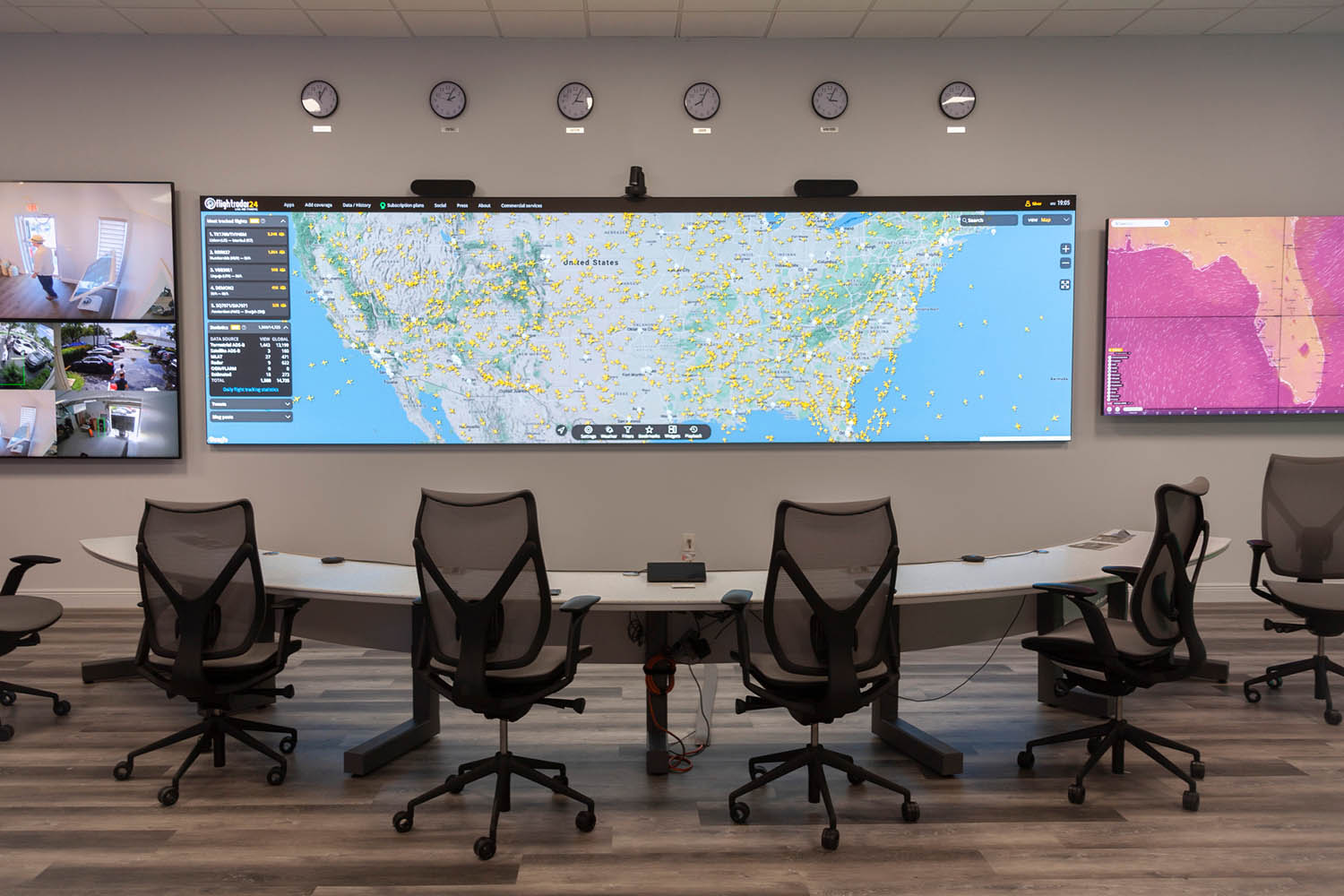Illuminating the Influence of Illumination Conditions on Movement Detection Precision and Reliability
Illuminating the Influence of Illumination Conditions on Movement Detection Precision and Reliability
Blog Article
Illumination conditions have a crucial role in the way well we can perceive motion. Motion detection is a critical component of various systems, such as surveillance cameras, automatic lighting systems, and even some gaming applications. Understanding how different lighting conditions influence our capacity to perceive movement can assist enhance the development and efficacy of these systems. For example, poor illumination can result in overlooked motions or incorrect alarms, while optimal illumination can boost the accuracy of movement detection technologies.
In bright lighting environments, movement detection is generally more accurate. When there is ample light, sensors and cameras can capture sharper images, which assists in recognizing moving elements. Well-lit environments allow for better distinction between the moving element and the surroundings. This contrast is crucial for both visual viewers and automated technologies, as it makes it simpler to distinguish between stationary and moving elements in a setting. Thus, making sure that spaces are adequately illuminated can greatly improve the performance of movement detection systems.
On the other hand, low-light environments can present difficulties for motion detection. In dim settings, darkness can obscure dynamic elements, which makes them hard to detect. Additionally, the human eye struggles to detect movement in dim conditions, which can result in misinterpretation of what is happening in the surroundings. Cameras may also face challenges, as this many do not function well in dim conditions without the use of infrared capabilities or alternative enhancements. These limitations highlight the importance of sufficient lighting in environments where motion detection is essential.
Moreover, various types of illumination can have varying impacts on movement detection. For example, fluorescent lights can flash, which might mislead movement detection technologies that depend on consistent illumination input. On the contrary, daylight provides a steady source of illumination that improves visibility. Understanding these variations in lighting conditions can guide operators in choosing the most suitable illumination for navigate to this site specific applications, particularly in security and surveillance scenarios.
In summary, the relationship between illumination environments and movement detection accuracy is significant. By making sure that environments are appropriately lit, we can improve the dependability of movement detection technologies. This understanding not only benefits tech uses but also enhances security and safety in various settings. As further advancements are made in motion detection systems, taking into account lighting conditions will continue to be a vital factor in optimizing performance and ensuring that these systems work effectively in various conditions.